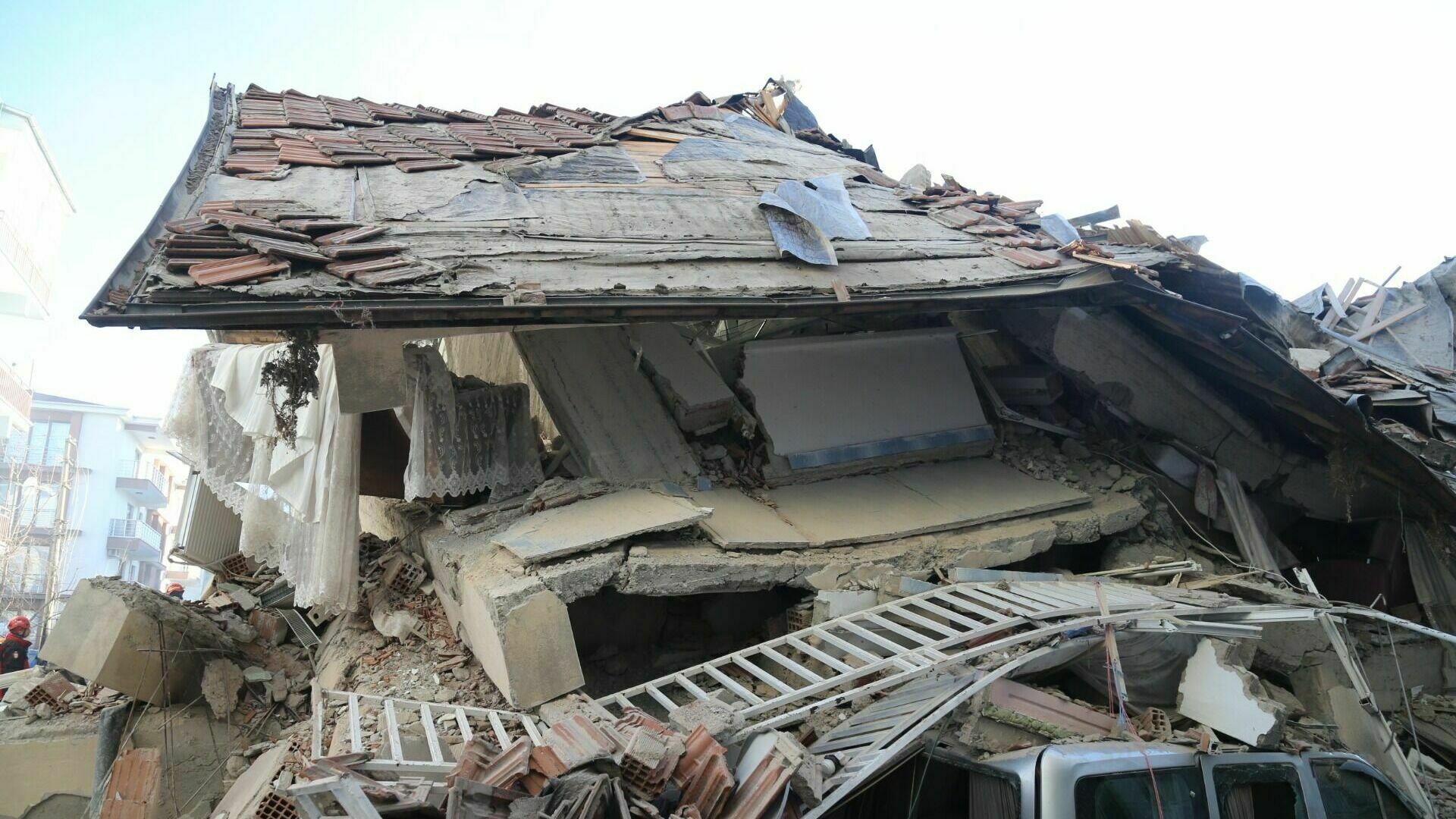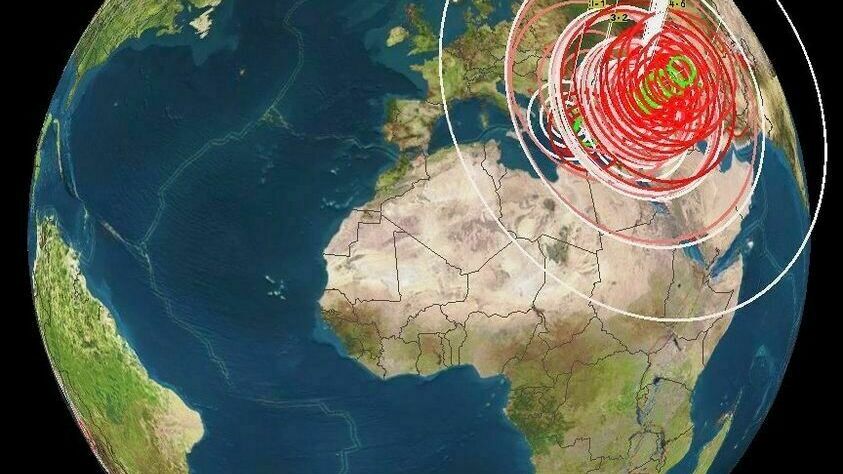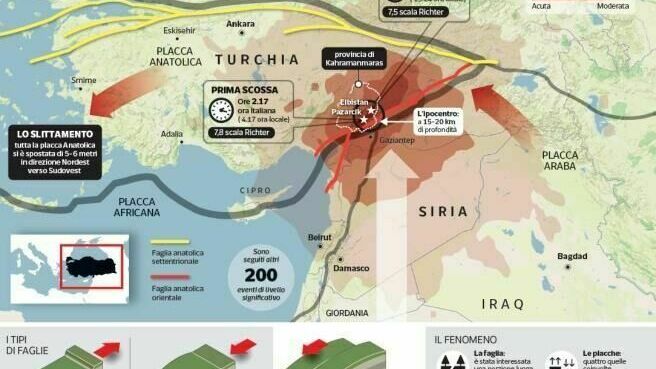Posted 9 февраля 2023, 08:27
Published 9 февраля 2023, 08:27
Modified 9 февраля 2023, 09:28
Updated 9 февраля 2023, 09:28

Question of the day: how real is the danger of an "earthquake epidemic" today?
Scientists are very apprehensive about the consequences of the Turkish earthquake. The record displacement of lithospheric plates (within 3 meters) is approximately an order of magnitude higher than similar processes in "normal", even strong, earthquakes.
This means that stresses are rapidly accumulating along all fault lines on the periphery very far from Turkey, which can completely unpredictably "shoot" new movements of the Earth's crust.
Given that science does not yet understand the processes taking place too well and does not have a sufficiently error-free model of plate movement, the foci of new earthquakes can be determined very approximately, as well as the time of "triggering".


It is known that Turkey is located at the point of contact of several tectonic plates. Over the past two days, not even one or two, but about 500 strong earthquakes have occurred there. The Arabian plate has moved about 3 meters in relation to the Anatolian plate, according to the leading Italian newspaper Corriere della Sera.
Recall that on the night and afternoon of February 6, two earthquakes of significant strength occurred in southern Turkey and northern Syria, the magnitude of which was 7.8 and 7.5 on the Richter scale, respectively.
The president of the National Institute of Geophysics and Volcanology (Ingv), Professor Carlo Doglioni told reporters that these two earthquakes are part of a single seismic sequence caused by the intersection of four constantly colliding plates - Anatolian, Arabian, Euro-Asian and African - accumulating energy to such an extent that it led to the activation of a long fault. That is why the whole area is classified as one of the most dangerous in the Mediterranean.
What is the cause of the earthquake, which apparently caused the Anatolian plate to slide by about three meters?
There was a horizontal sliding, i.e. in one plane, of the Anatolian plate to the southwest in relation to the Arabian plate. As a result, a type of fault appeared, which seismologists call a "shallow transcurrent" with a hypocenter, i.e. a place at a depth of 15 to 20 kilometers. In other words, Turkey has actually dropped five to six meters compared to Syria. More accurate data will be obtained in the coming days after the survey by Esa's Sentinel and Asi's CosmoSkymed satellites.


The rupture covered an area 190 kilometers long and 25 kilometers wide, causing an earthquake that had two of the most intense peaks with a difference of nine hours. But in reality, the tremors continued all this time and had significant power - about 5-6 points on the Richter scale. At the same time, there were many smaller tremors - about 200 in the first few hours alone.
The phenomenon of such intensity can last for a long time, up to the emergence of a kind of prolonged "seismic epidemic" lasting from several days to several months, or even years, as has already happened in the past. It is impossible to predict this, but until the accumulated energy is released, the phenomenon will not stop.
Curiously, the Turkish seismological service immediately issued a tsunami warning, which did occur, but the wave height was only 30 centimeters, and its energy was low.